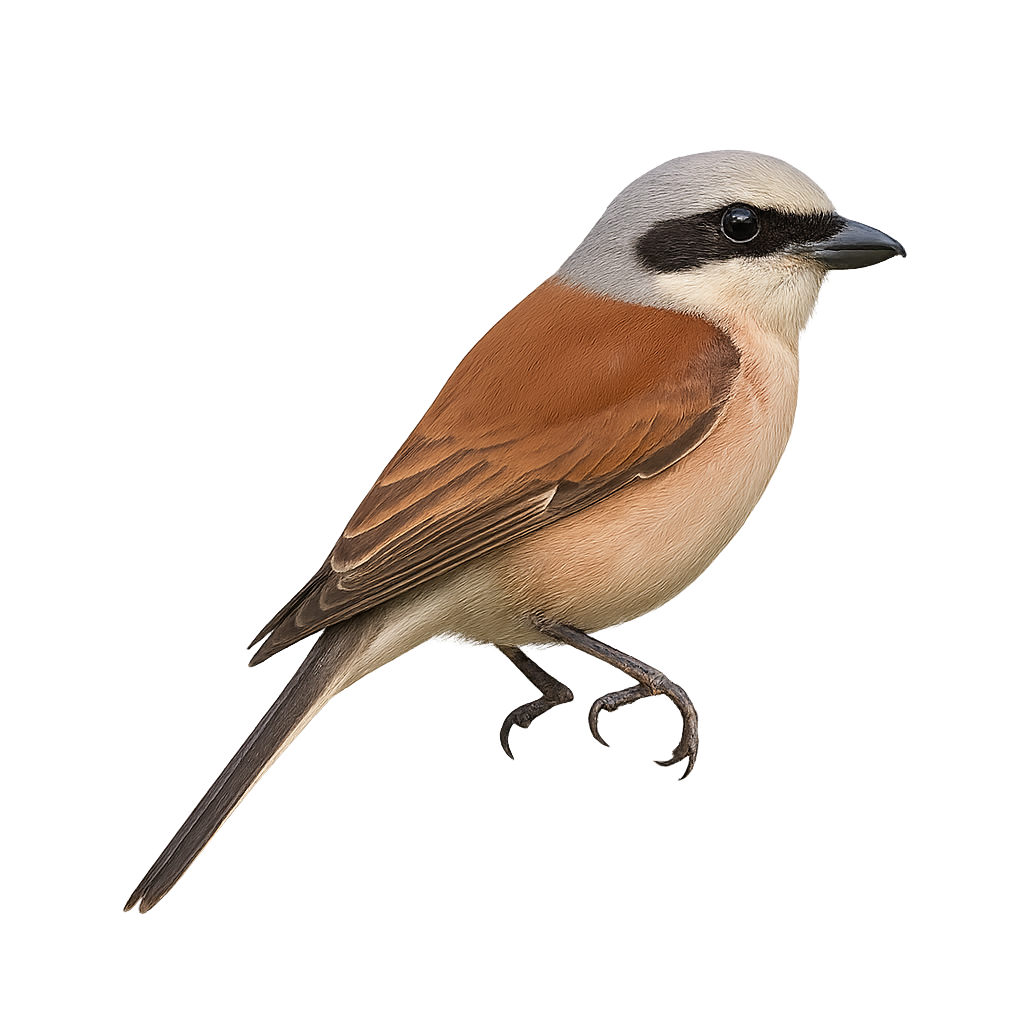Your wildlife photography guide.
Explore the red-backed shrike in detail, study its behavior, prepare your shots.
Where to observe and photograph the red-backed shrike in the wild
Learn where and when to spot the red-backed shrike in the wild, how to identify the species based on distinctive features, and what natural environments it inhabits. The WildlifePhotographer app offers tailored photography tips that reflect the red-backed shrike’s behavior, helping you capture better wildlife images. Explore the full species profile for key information including description, habitat, active periods, and approach techniques.
Red-backed Shrike
Scientific name: Lanius collurio

IUCN Status: Least Concern
Family: LANIIDAE
Group: Birds
Sensitivity to human approach: Suspicious
Minimum approach distance: 20 m
Courtship display: May to June
Incubation: 13-16 jours
Hatchings: May to July
Habitat:
Forests, woodlands, and hedgerows
Activity period :
Primarily active during the day, with peak activity in the morning and late afternoon.
Identification and description:
The Red-backed Shrike is a medium-sized bird primarily found in hedgerows, scrubland, and open meadows across Europe and Asia. It measures about 20 to 23 cm in length and weighs between 40 and 50 g. Its plumage is characterized by a silvery-gray head, a brown back, and a whitish breast. It also has a distinctive black stripe running through its eyes. The Red-backed Shrike is an excellent hunter, primarily feeding on small birds, insects, rodents, and sometimes small reptiles. It is known for its "impaling" behavior, where it spikes its prey on thorns or barbed wire to store it. While its population remains stable in some regions, it can be threatened by habitat loss, the destruction of hedgerows, and the intensification of agriculture.
Recommended lens:
400 mm – adjust based on distance, desired framing (portrait or habitat), and approach conditions.
Photography tips:
Approach discreetly and with patience, as the Red-backed Shrike is a shy species that prefers to avoid human proximity.
Photograph early in the morning or late in the afternoon, when the light is softer and the bird is often more active, especially during its hunting periods.
Be ready to capture a natural moment: The Red-backed Shrike may perch on wires or branches or capture its prey, offering interesting moments to photograph.
Avoid disturbing the bird during its movements or hunting, and ensure you maintain a respectful distance to avoid disrupting its natural behaviors.
Ethical note: The Red-backed Shrike is a vulnerable species, threatened by habitat loss and intensifying agriculture. Be especially respectful of its natural environment and avoid disturbing its hunting territory. Follow local recommendations to protect this fragile species.
The WildlifePhotographer App is coming soon!
Be the first to explore the best nature spots, track rutting seasons, log your observations, and observe more wildlife.
Already 1 432 wildlife lovers subscribed worldwide

